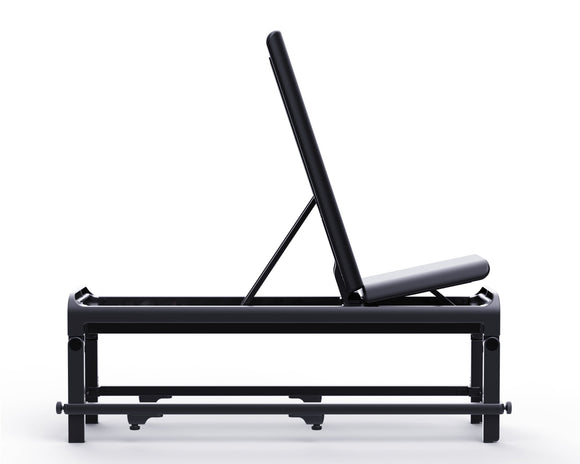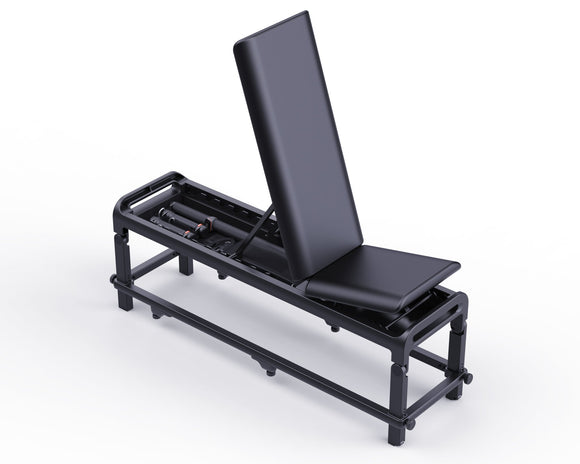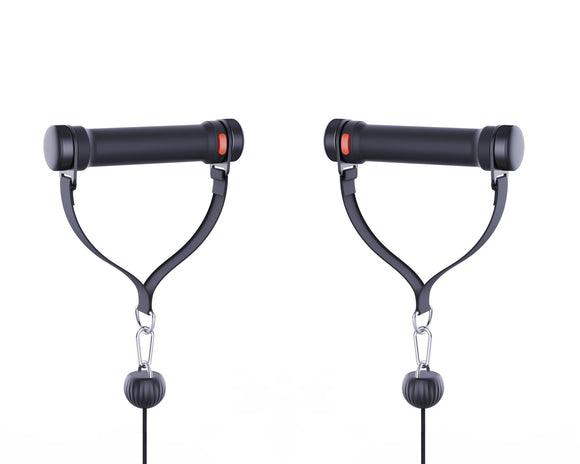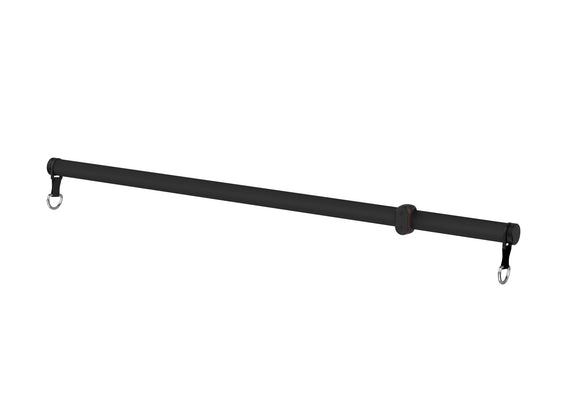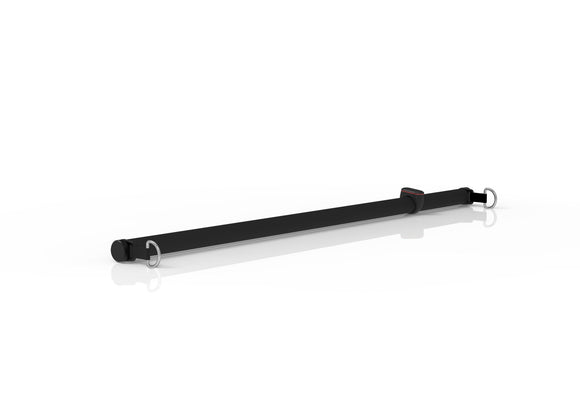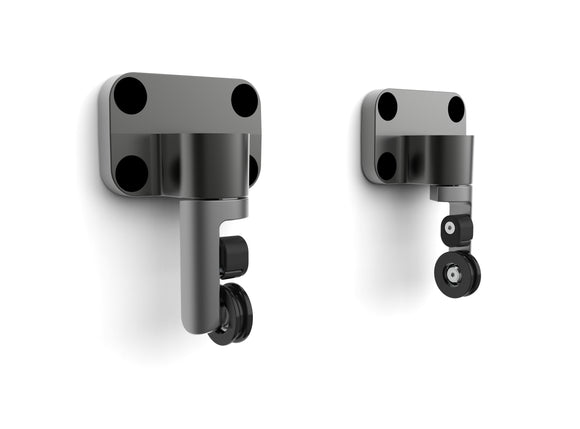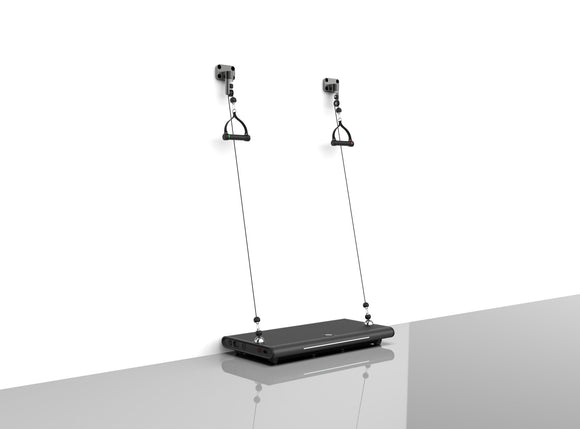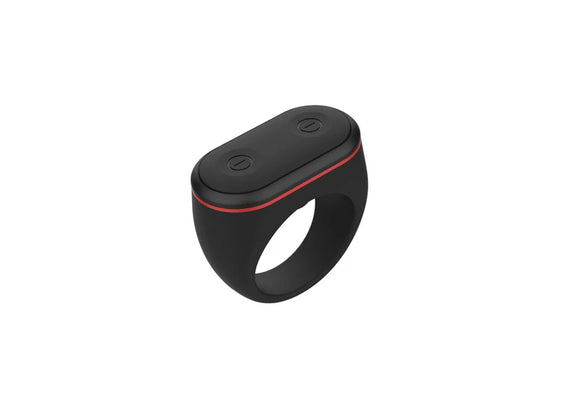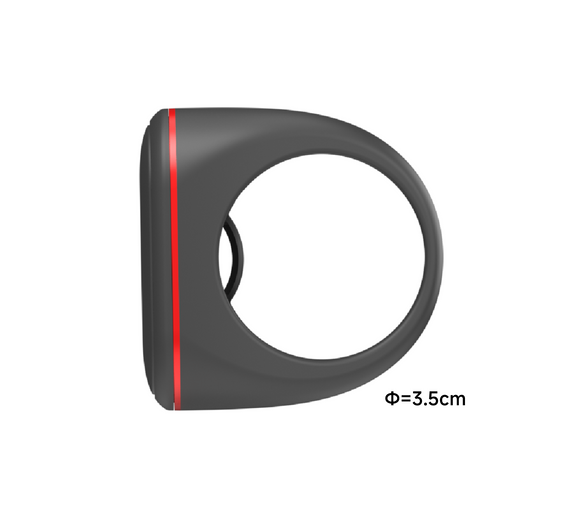En el mundo acelerado de hoy, los gimnasios domésticos inteligentes están revolucionando la forma en que abordamos el ejercicio. Estos sistemas innovadores ofrecen una gran cantidad de beneficios, desde comodidad hasta tecnología avanzada, lo que hace que sea más fácil que nunca mantenerse en forma en casa. En este blog, analizaremos los mejores sistemas de gimnasios domésticos inteligentes, los beneficios que ofrecen, cómo se comparan con los gimnasios tradicionales, las mejores opciones para espacios pequeños y cómo configurar su propio gimnasio doméstico inteligente.
Los mejores sistemas de gimnasios domésticos inteligentes
-
Tonal : conocido por su diseño elegante y sus versátiles capacidades de entrenamiento de fuerza, Tonal es un sistema montado en la pared que utiliza pesas digitales e inteligencia artificial para personalizar los entrenamientos. Es perfecto para quienes buscan una solución integral.
-
Espejo : este gimnasio interactivo para el hogar parece un espejo normal cuando no está en uso, pero se transforma en una pantalla que transmite entrenamientos en vivo y a pedido, desde yoga hasta boxeo.
-
Tempo : Tempo ofrece una experiencia completa de gimnasio en casa e incluye pesas, un banco y un sensor 3D para brindar comentarios en tiempo real y planes de entrenamiento personalizados.
-
Peloton : famoso por sus clases de ciclismo, Peloton ahora ofrece una cinta de correr y una variedad de clases que incluyen carreras, entrenamiento de fuerza y yoga.
-
NordicTrack Vault : un sistema compacto y elegante que almacena una variedad de equipos y ofrece una gama de sesiones de entrenamiento interactivas iFit.
Beneficios de un gimnasio inteligente en casa
Un gimnasio doméstico inteligente ofrece numerosos beneficios, entre ellos:
- Comodidad : ya no es necesario desplazarse hasta el gimnasio. Puedes entrenar en cualquier momento, ahorrando tiempo y dinero.
- Personalización : la inteligencia artificial avanzada y el aprendizaje automático personalizan los entrenamientos según su nivel de condición física y sus objetivos.
- Variedad : acceso a una amplia gama de clases y entrenamientos, manteniendo las rutinas frescas y atractivas.
- Eficiencia espacial : muchos gimnasios domésticos inteligentes están diseñados para adaptarse a espacios pequeños, lo que los hace ideales para departamentos o casas con espacio limitado.
- Motivación : Las funciones interactivas y la retroalimentación en tiempo real pueden aumentar la motivación y ayudarle a mantenerse en el camino.
Gimnasio en casa inteligente vs. gimnasio convencional
La comparación de los gimnasios domésticos inteligentes con los gimnasios tradicionales revela varias diferencias clave:
- Costo : si bien el costo inicial de un gimnasio inteligente en casa puede ser alto, puede ser más rentable a largo plazo en comparación con las membresías continuas del gimnasio.
- Accesibilidad : Los gimnasios domésticos inteligentes ofrecen acceso las 24 horas, los 7 días de la semana, mientras que los gimnasios tradicionales pueden tener horarios limitados.
- Personalización : los planes de entrenamiento personalizados y los comentarios en tiempo real están más disponibles en los gimnasios domésticos inteligentes.
- Comunidad : Los gimnasios regulares ofrecen interacción social y clases grupales, que algunas personas pueden extrañar cuando hacen ejercicio en casa.
El mejor gimnasio inteligente para espacios pequeños
Para aquellos con espacio limitado, los mejores gimnasios domésticos inteligentes incluyen:
- Espejo : Su elegante diseño le permite integrarse perfectamente en cualquier habitación.
- Tonal : Se monta en la pared y es compacto, lo que lo hace perfecto para apartamentos pequeños.
- Tempo Studio : aunque es más grande que el Mirror, incluye almacenamiento para pesas y otros equipos, maximizando la eficiencia del espacio.
Cómo montar un gimnasio inteligente en casa
La instalación de un gimnasio inteligente en casa implica varios pasos:
- Elija su equipo : seleccione un sistema de gimnasio doméstico inteligente que se adapte a sus necesidades y espacio.
- Designe un espacio : busque un área dedicada en su hogar que permita el movimiento y la colocación adecuada del equipo.
- Instalación del equipo : siga las instrucciones del fabricante para la instalación. Algunos sistemas pueden requerir una instalación profesional.
- Conectarse a Wi-Fi : asegúrese de que su sistema de gimnasio inteligente esté conectado a Internet para obtener actualizaciones de software y acceso a clases en vivo.
- Organice los accesorios : mantenga las pesas, los tapetes y otros accesorios almacenados de forma ordenada para acceder a ellos fácilmente.
Encuentra artículos similares
a complete home gym requiresa digital gyma digital gym equippeda digital gym platformA digital personal trainera good workouta gym equipmenta healthier lifestyleBenefits-of-a-Smart-Home-GymBest-Smart-Home-Gym-for-Small-SpacesHow-to-Set-Up-a-Smart-Home-GymPersonalized-workout-plansTonalTop-Smart-Home-Gym-SystemsGimnasio en casa inteligente
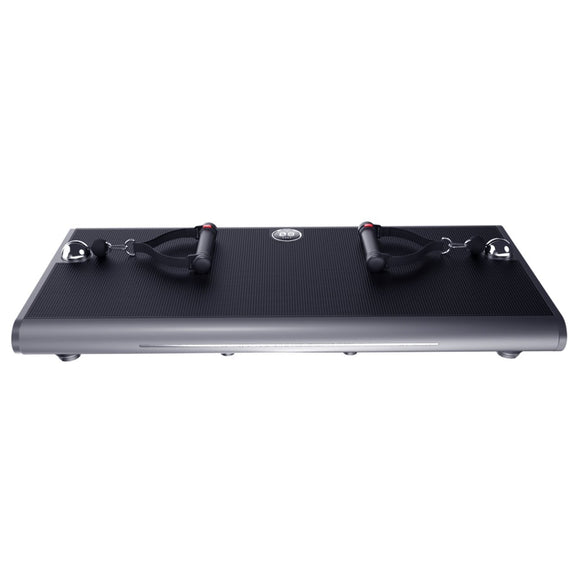
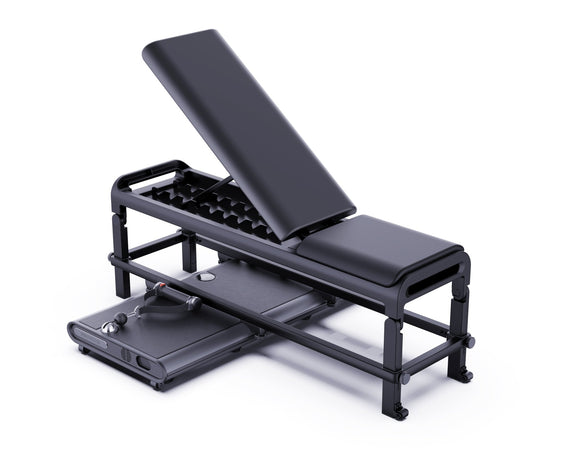
INNODIGYM P1 MÁXIMO
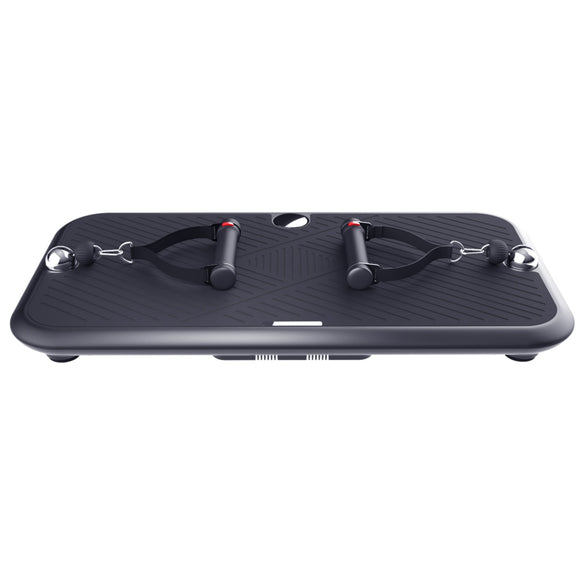
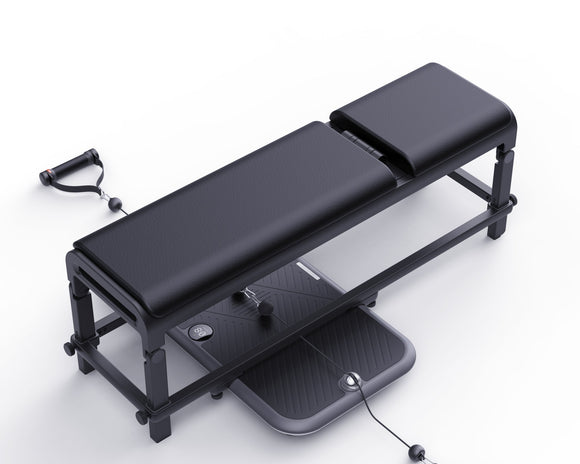
INNODIGYM P1 PLUS
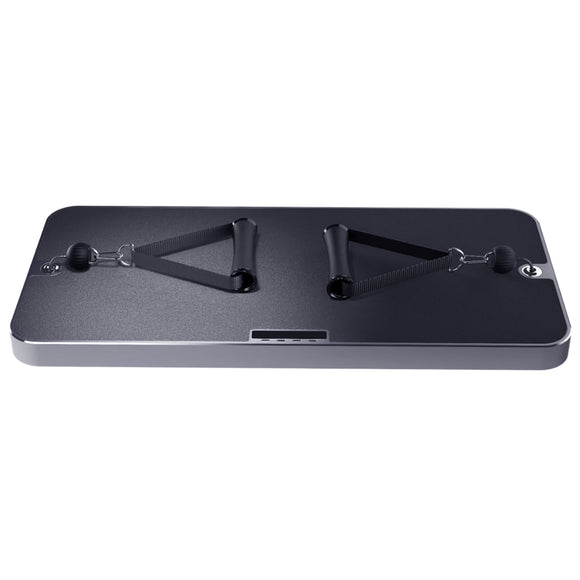
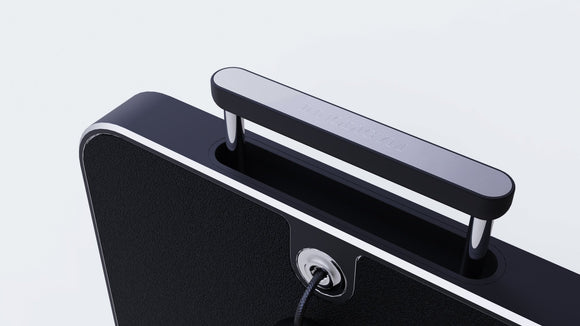
INNODIGYM P1 LITE
